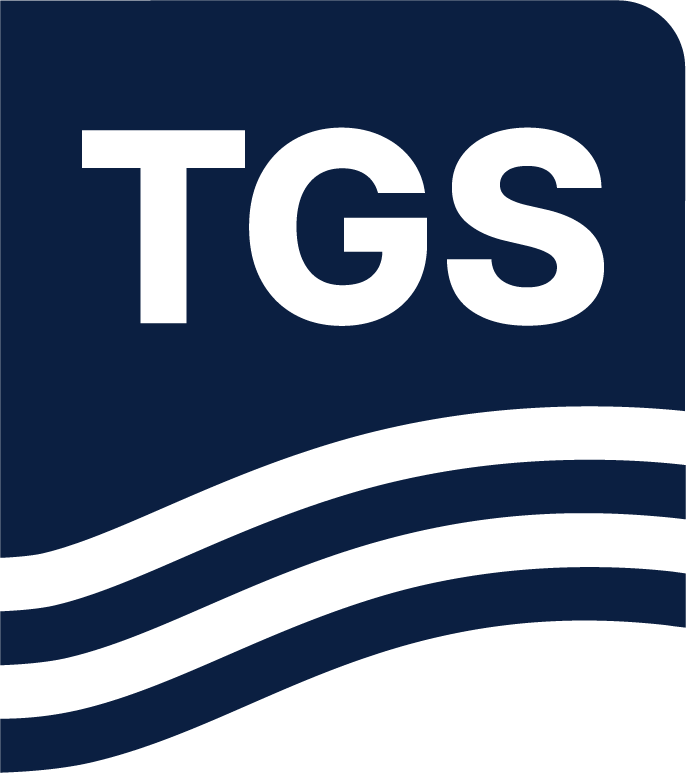In this paper, we present an innovative node design and deployment method that challenges the
coupling paradigm. We have designed and tested an autonomous seabed recording system, but
instead of placing the unit on the seabed it is tethered to an anchor line and floating. The recording system is composed of two hydrophones separated by 1 meter and a geophone placed in between. The recording of vertical particle velocity is using the natural gimble system. The immersed system sits above the seabed and the positioning is maintained using an “organic anchor”. The vertical stand is ensured by a positive buoyancy of the array using the Archimedes principle. As a result, the “floating” geophone captures clean vertical particle velocity (Vz) measurement while minimizing unwanted surface and shear waves. Given the new design, a
“Drop & Pop” deployment method is appropriated, as it takes advantage of the absence of any
coupling requirement.
The initial field test has shown some promising results with good quality reflected event and reliable refracted energy being recorded by the geophone sensor out to very long offsets. These
preliminary results encourage application of such technology for sparse recording system either
for large exploration objective or for reservoir monitoring using combination of 4D FWI and 4D FWM (imaging with multiples).

